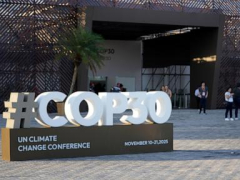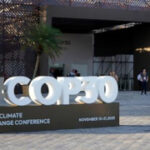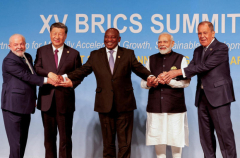People from around the world are beginning to gather at the gateway of the Amazon in Belem, Brazil, for the 30th annual United Nations climate summit, the Conference of the Parties, known less formally as COP30.
The aim is simple, but lofty: for countries to work together to stop the worst effects of human-caused climate change.
That’s a goal many experts say is slipping out of reach. But the stakes are high. Climate change is already escalating disasters that mean life or death for billions of people around the world, and delaying action will only worsen the problem.
Here’s what you need to know about COP30.
With the world’s largest rainforest on its doorstep, many have lauded Belem as well-positioned to highlight the role of Indigenous peoples and land stewardship in addressing climate change.
Although many past COPs have primarily focused on transitioning to cleaner energy sources, research has shown that shifting food systems is also a must. Countries also need to stop destroying the ecosystems that suck up pollution and protect humans from diseases.
The government of Brazil is spearheading a new initiative called the Tropical Forests Forever Facility, a program designed to give nations a monetary reward for protecting forests. It remains to be seen whether world leaders will pledge enough money to make the project a success.
Before the conference, many would-be attendees worried about whether the city could host tens of thousands of people. Delegates have booked rooms on cruise ships in the harbor. Others are staying in by-the-hour “love motels,” and some activists said they might camp out.
The weather is expected to be oppressively hot and humid, and as such the host country has already written to attendees to make the dress code a little more informal.
But some experts and locals say any discomfort is a much-needed reality check, especially for those coming from rich countries. The government of Brazil was adamant that the conference needed to be in Belem to showcase what’s at stake: Poorer communities are often more vulnerable to disasters worsened by climate change.
Ten years ago, countries made a historic deal in the first global pact to fight climate change.
Since then, the planet’s annual temperature has already jumped about 0.46 degrees Celsius (0.83 degrees Fahrenheit), one of the biggest 10-year temperature hikes on record, according to data from the European climate service Copernicus. The Paris Agreement was supposed to limit warming to 1.5 degrees Celsius (2.7 degrees Fahrenheit) above the historical






